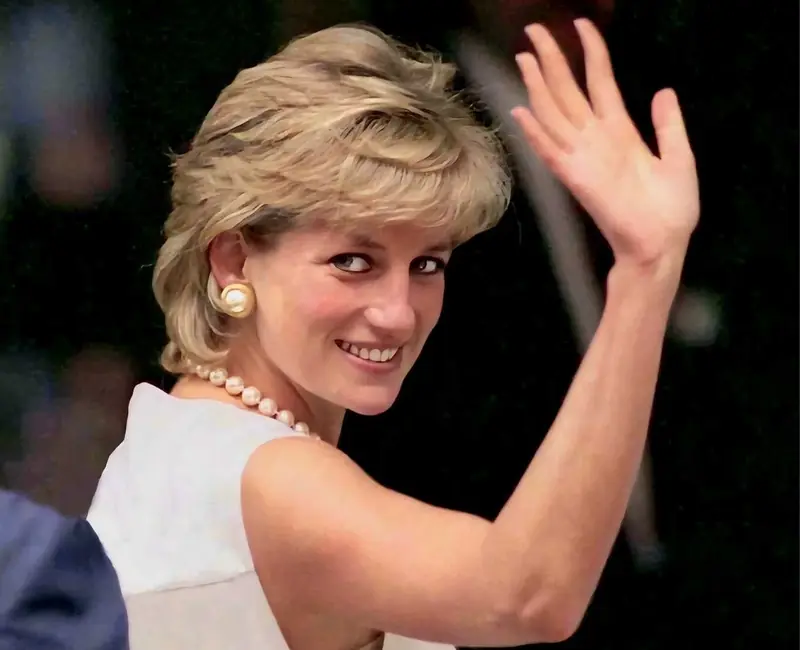
The childhood nickname of the aristocratic little girl was “the Duchess.” In her youth, she became “Lady,” in marriage she was referred to as “Her Royal Highness,” after her divorce she was known as “the Princess of Wales,” and after her death, she became “the People’s Princess.” The first-ever daughter-in-law of the British royal family with a work history before marriage became more popular than the heir to the throne. Her personal struggles, which became public knowledge, and her tragic death amid conspiracy theories created an image of a martyr for the mother of Princes William and Harry, a name surrounded by myths and attempts to debunk them. So who was Diana Spencer really—a bright star from the legend crafted in the public consciousness?
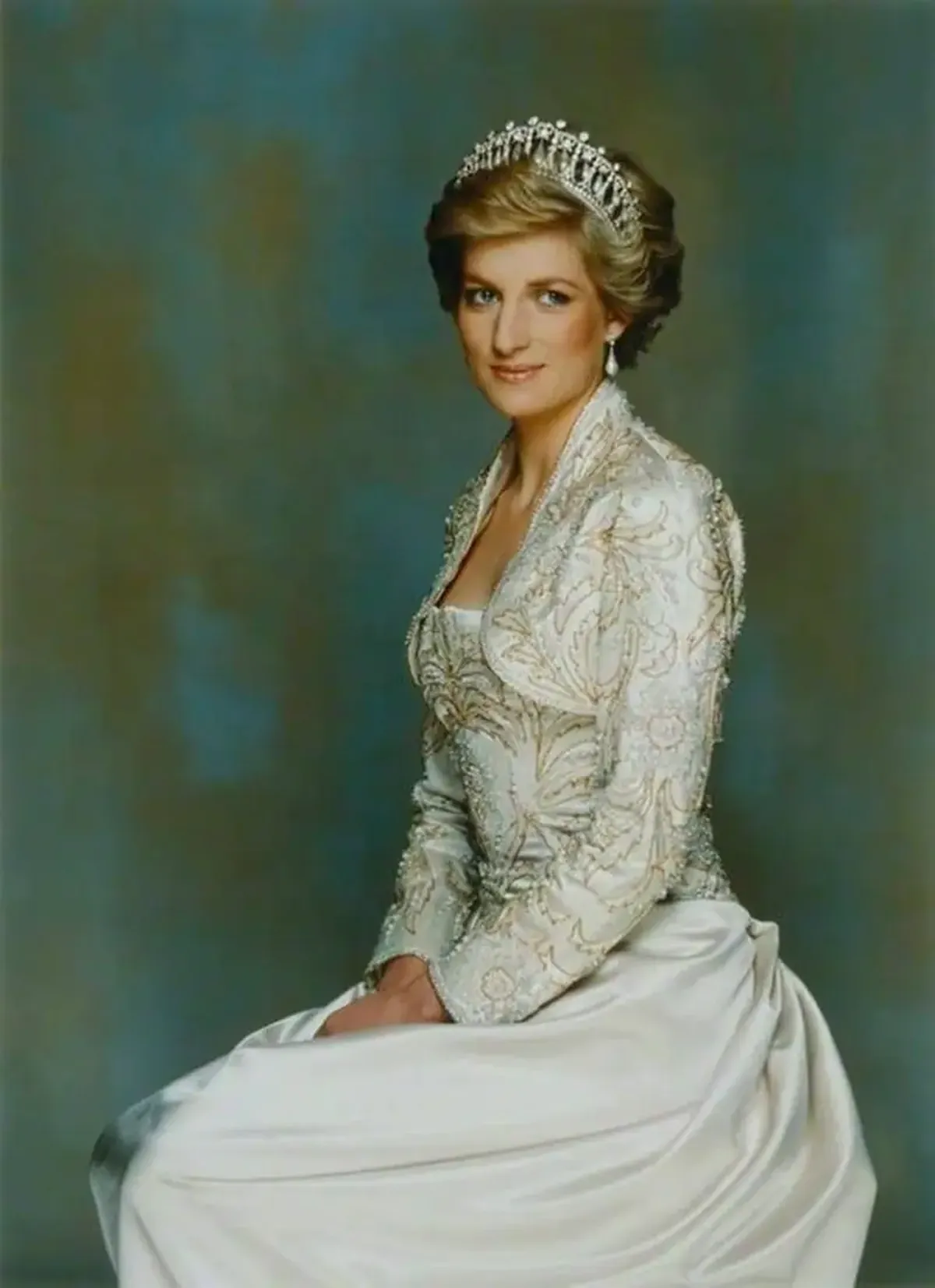
Aristocratic Lineage
The first discrepancy with reality lies in the very phrase “Princess Diana.” No matter how pedantic it may sound, the title of princess before a name in the royal family was reserved for the daughter of Queen Elizabeth II—Princess Anne—while the daughter-in-law was referred to as “Diana, Princess of Wales” during her marriage. If Charles had not been the Prince of Wales, Diana would not have been a princess either. The title “princess” is only applied to the daughter of a monarch or the child of their heir. The wife of a prince holds the title of duchess. “Duchess” was the childhood nickname of Diana Frances Spencer, the daughter of Viscount Althorp John Spencer and noblewoman Frances Shand Kydd Roche, who married in Westminster Abbey and was distinguished by her innate aristocracy.
The origins of the future Princess of Wales also indicate her inconsistency with the notion of a “people’s princess” as a “princess from the people.” Prince Charles would not have married a “commoner”: the current British king is the last generation in the royal family for whom the noble status of a future wife mattered. A potential princess had to be a hereditary aristocrat and have no past connections with men. Lady Diana Spencer met both requirements and even had royal blood in her family tree, although not necessarily obtained through a legal marriage. The founder of the aristocratic line, John Spencer, received his earldom in 1765. His daughter, Lady Georgiana Spencer, became the wife of the Duke of Devonshire.

The Spencer Coat of Arms
Diana was related to Winston Churchill and King Charles II: among her ancestors was the grandmother of Charles—Mary Stuart. The Spencers and the Windsors were neighbors. The future spouses, Diana and Prince Charles, also had a distant kinship: both descended from the daughters of Henry VII and were 16th cousins. Diana’s grandmothers, Countess Cynthia Spencer and Baroness Fermoy Ruth Roche, were ladies-in-waiting to the Queen Mother Elizabeth, and her brother was a godson of Queen Elizabeth II. According to historians, there is no family in the British aristocracy more closely connected to the royal house than the Spencers. This means that Diana knew the royal family well and was, in fact, an insider rather than an outsider, a persona crafted by political technologists and the press.
Childhood Trauma
The fourth of five children in the family of the 8th Earl Spencer was born on July 1, 1961, and remained nameless for a week because her parents were expecting a boy and hadn’t prepared for a different reality. Eventually, the newborn girl was given a double name—in honor of her mother Frances and the Duchess of Bedford, Diana Spencer, the sister of British politician John Spencer, of whom Diana Frances Spencer was a descendant. The daughter grew up with her older sisters Sarah and Jane, as well as her younger brother Charles (the 9th Earl Spencer). Diana’s childhood was spent on the grounds of Sandringham Palace, in Park House—a house rented from Elizabeth II, whom she referred to as “Auntie Lilibet.” Occasionally, the royal family spent holidays with the Spencers, so Diana played with the younger children of the Queen, Princes Andrew and Edward.
Diana’s newborn brother John died a year before she was born, which saddened her father so much that he sent her mother to a clinic to address the reason the family had long been without an heir. The humiliating treatment of his wife led to quarrels and eventually to divorce. Diana’s parents separated when she was seven years old. As her parents’ marriage fell apart, Diana lived with her mother in London, and that same year, 1967, her father forbade her from returning for Christmas with Frances. Two years later, her mother remarried, while her father, who had obtained custody of Diana along with her former mother-in-law Ruth Roche, remarried nine years later. Diana’s relationship with her stepmother, the Countess of Dartmouth, Rain, did not go well. Diana considered her childhood unhappy. She had no example of stable family relationships; instead, she witnessed her father beating her mother in front of the children.
The sensitive nature of Lady Di received unwanted lessons that later affected her self-perception as a woman. After being homeschooled (until the age of nine, she was taught by a governess), the girl changed schools three times, one of which was a private boarding school. Her academic performance was mediocre; she failed exams twice and left school at 16 without obtaining a diploma. Instead, she was recognized for her active community involvement. How this aligned with her natural shyness, which Charles mentioned when recalling their acquaintance, remains a mystery. This trait was later contradicted by witnesses who explained the manner in which she lowered her eyes and tilted her head—her tall stature (5’10”) hindered her from pursuing ballet but did not prevent her from dancing (including tap), swimming, diving, and playing the piano.
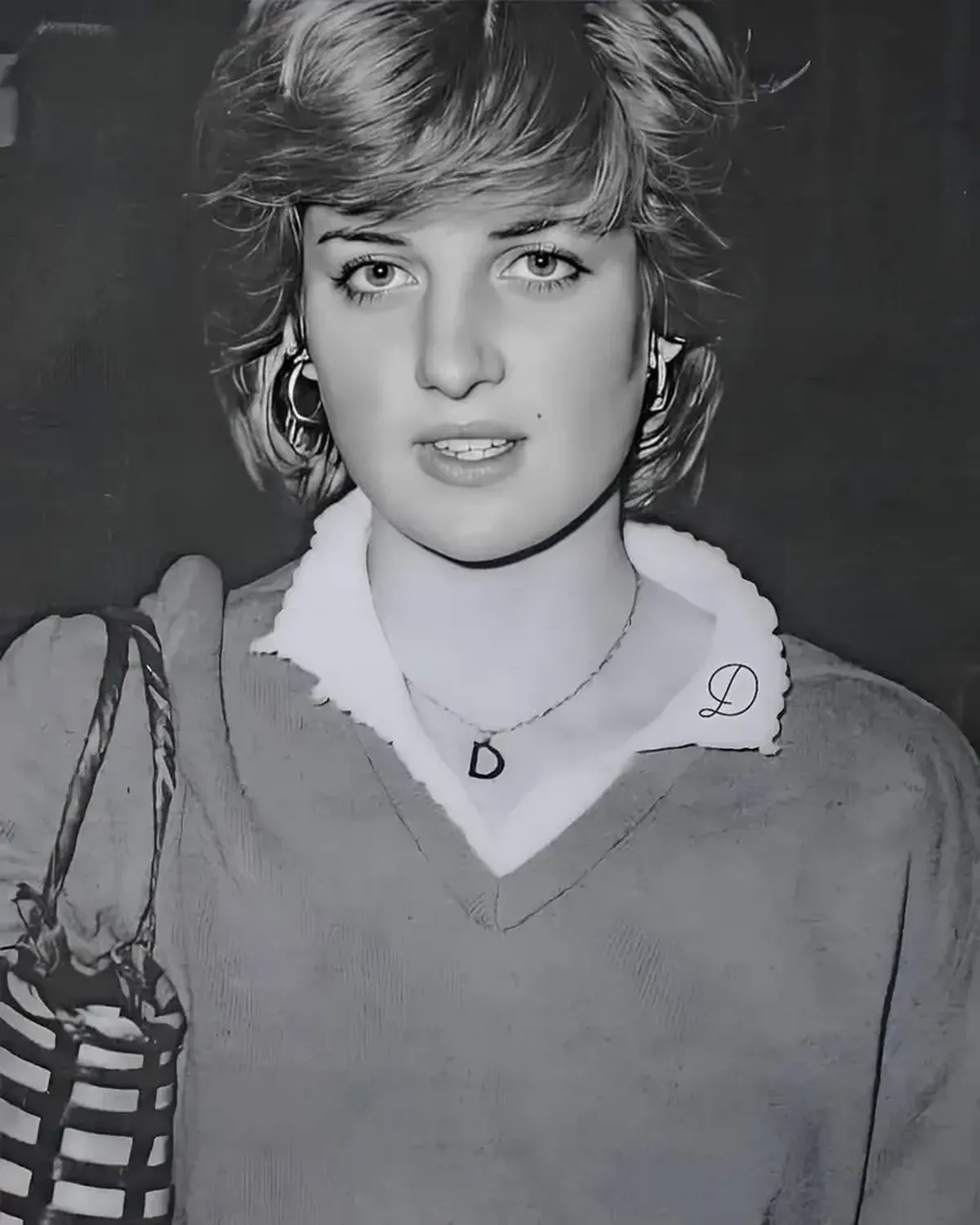
The Prospect of Marriage
According to Diana’s brother, his sister “was not shy; she was cautious and reserved with new people, assessing her interlocutors before engaging with them.” Her acquaintance with Charles took place in the fall of 1977 when the 12-years-older prince was dating Diana’s sister, Sarah. Before becoming his fiancée, Diana worked as a nanny in Hampshire and enrolled at the Alpine Institute of Wildemanet, where she only studied for one semester. Upon returning to London, Diana received training in accelerated cooking courses, taught dance, earned money cleaning, worked as a waitress, a nanny, and an assistant in a kindergarten. In 1979, her mother gifted Diana an apartment. There she lived with three friends when, in 1980, the future King of Great Britain saw in the attractive girl a potential bride.
Sarah, with whom Charles had dated before Diana and broke up due to some of her indiscretions, called herself “Cupid,” remembering that she had once personally introduced her sister to her former lover. Before their engagement in 1981, Charles had seen Diana 12 times. It was Diana’s father who convinced Charles to propose to her at Windsor Castle: Prince Philip urged his son to take on male responsibility. However, the engaged couple kept their engagement secret from close friends for another two weeks. After the official announcement of the news, Diana chose an 18-carat white gold ring with 14 diamonds and a 12-carat Ceylon sapphire, left her job, and moved to Buckingham Palace, where she felt, as biographer Ingrid Seward wrote, very lonely. Diana became the Princess of Wales on the day of her lavish wedding on July 29, 1981.
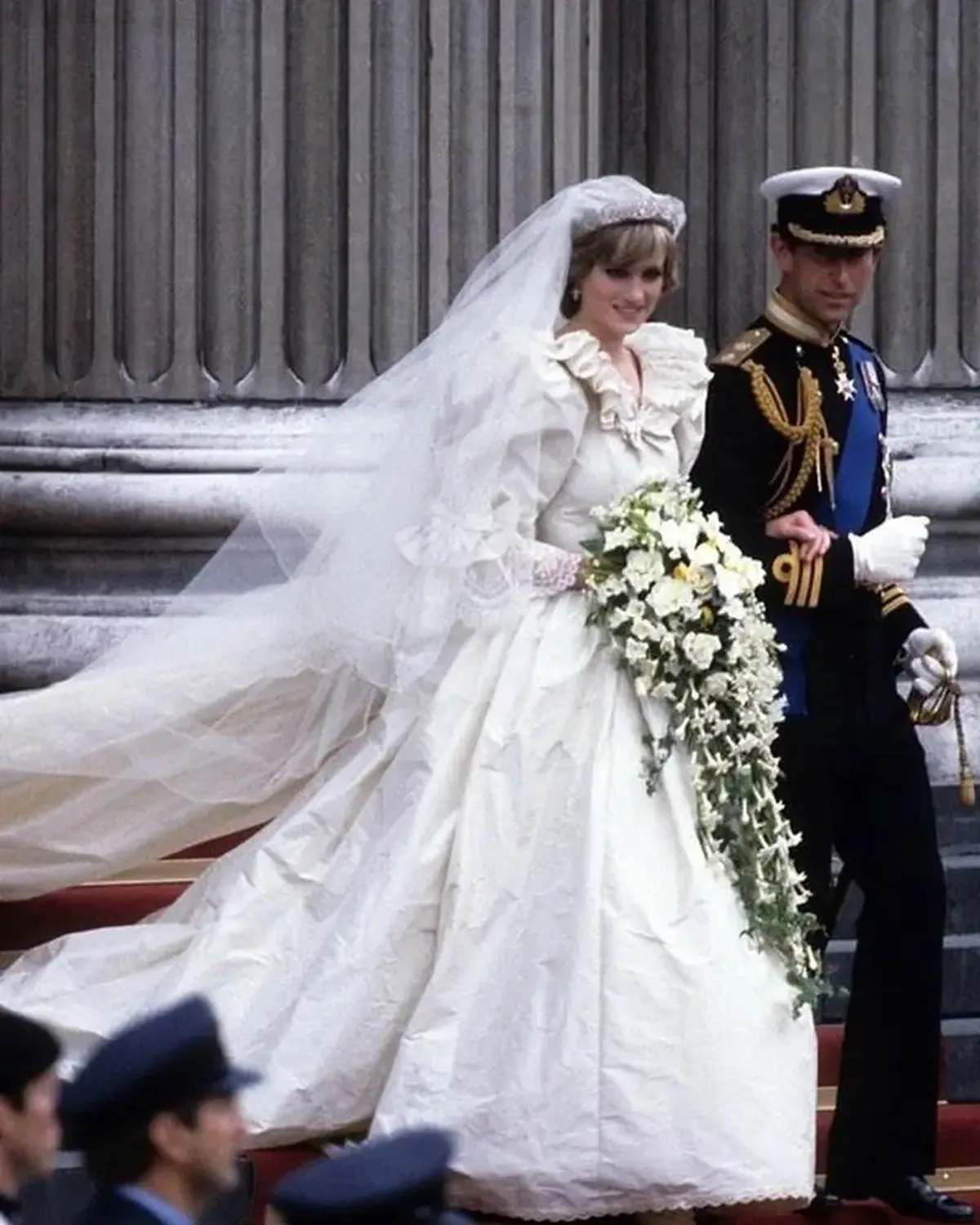
Princess Diana’s wedding was memorable not only for the record number of guests (3,500 seats were filled in St. Paul’s Cathedral, 600,000 spectators lined the streets of London, and 750 million people watched the grand event on television) but also for some awkward moments. Firstly, the bride, exhausted from nervous bulimia, did not look her best in the wedding dress worth £9,000 (equivalent to £36,700 today), and Diana got tangled in the folds of her veil, which was about eight meters long. Secondly, due to her nerves, Diana mixed up the order of her husband’s first two names, calling him at the altar “Philip Charles Arthur George.” But the main topic of discussion was Diana’s refusal to vow to obey her husband. She “broke the system,” becoming a future example for the wives of her sons.
Was There Love?
Many have tried to determine whether Prince Charles loved his first wife or if his heart always belonged to Camilla, with whom he had an affair before Diana? And did Diana love Charles, or was she simply fulfilling a girlhood dream of marrying a prince? The creators of the documentary “Diana: The Interview” believe that there was no love on either side. Otherwise, Diana would probably not have considered backing out of the marriage just before the wedding. According to British documentarians, her sister allegedly told her at the time: “It’s too late—your face is already on every towel!” In the same film, astrologer Penny Thornton noted that, according to Lady Di, her fiancé confessed before their marriage that he did not love her. Charles did this with the best intentions: he wanted to avoid lies and misunderstandings, but in fact, he broke Diana’s heart.
At the same time, according to former Queen’s press secretary Dickie Arbiter, immediately after the wedding, as he observed, the newlyweds found it hard “to keep from touching each other”: “During one of their first official trips together, Charles constantly tried to touch Diana, and sometimes even managed to squeeze her.” The announcement of Diana’s first pregnancy was made on November 5, 1981, and at twelve weeks, she could have lost the baby after falling down the stairs. Later, Diana confessed that the fall was not an accident: she had thrown herself down the stairs in a depressed state. Fortunately, it resulted only in bruises, and the fetus was unharmed. However, after the birth of her son William, the young mother did not find it any easier: she suffered from postpartum depression.
Diana later said that her second pregnancy “brought her closer to her husband than ever before and never again.” But the birth of her younger son Harry in 1984 disappointed Charles just as much as Diana’s birth had disappointed her father. Only Diana’s father was upset by the birth of a girl because he was expecting a boy, while Diana’s husband was upset by the birth of a boy because he wanted a daughter. Additionally, Charles did not like their son’s red hair. Diana was only saved by the fact that she did not seek to please her husband or the royal family and was always uncompromising when it came to maternal love. She dismissed the nanny hired for the children (believed to be not only due to her parenting methods but also out of jealousy towards her husband) and provided her sons with much more freedom in their leisure activities than was customary in royal families.
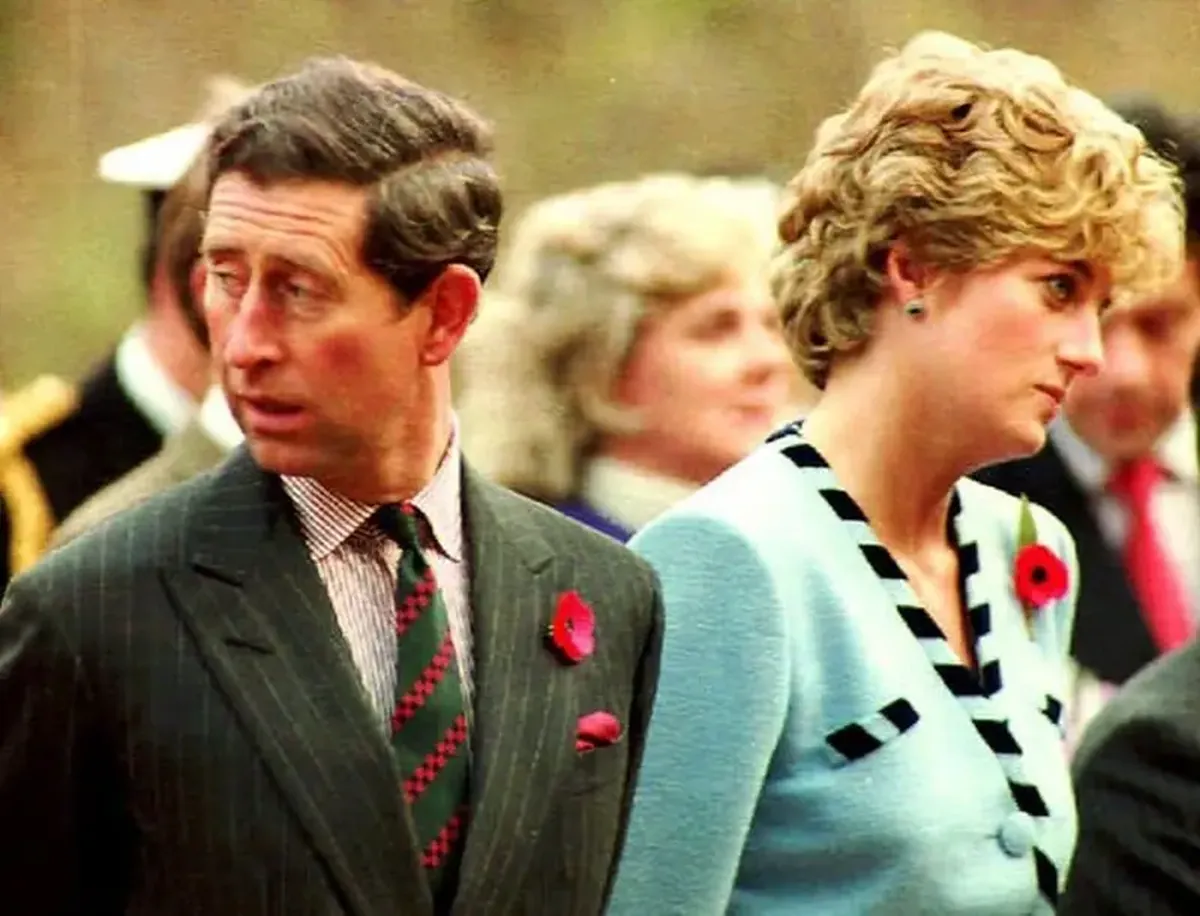
Diana’s World—An Obsession
The princess personally chose schools for her children and drove them to classes, adjusting her schedule to fit their lessons. She bought clothes for her sons herself and planned their leisure activities. From his teenage years, William served as his mother’s “trusted confidant” because he was wise beyond his years, while Diana saw Harry as “the same little rascal she once was.” Actress Cleo Rocos witnessed one of Lady Di’s “rascal moments,” describing her nighttime escape in her book “The Power of Positive Drinking.” Later, Edward White recounted that incredible adventure, referencing the original source. In the book “Diana’s World: An Obsession,” her biographer mentioned an event in 1988 when the Princess of Wales spent a day with actress Cleo Rocos, TV host Kenny Everett, and Queen frontman Freddie Mercury.
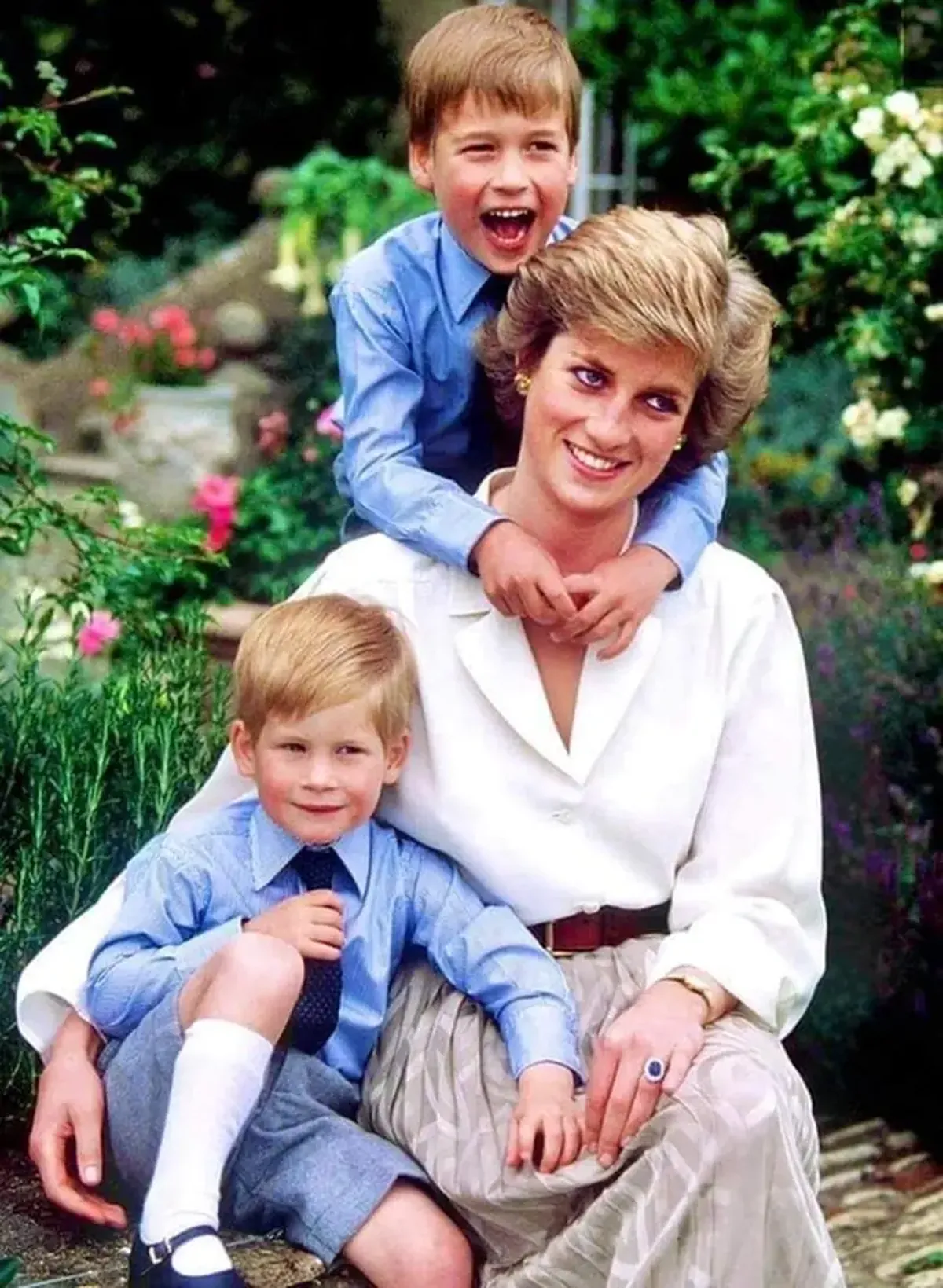
And everything would have been fine if that evening the princess hadn’t insisted on going with them to a London gay bar. Dressed in a men’s army jacket, the blonde hid her hair under a leather cap and wore dark aviator sunglasses. In such a “disguise,” the princess resembled a gay man from a runway and genuinely enjoyed herself, relishing her incognito. “We should do this again sometime,” Diana wrote in a note to Everett, sending him back the borrowed outfit the next morning. She called the fun adventure “the best night of freedom in her life.” And although the truth of that story may be questioned, it became a metaphor for Diana’s desire to find a “family” where she would not be rejected. However, her ability to create the impression she needed and to evoke sympathy for her unhappy fate was Lady Di’s superpower, the insincerity of which was well known to those close to her.
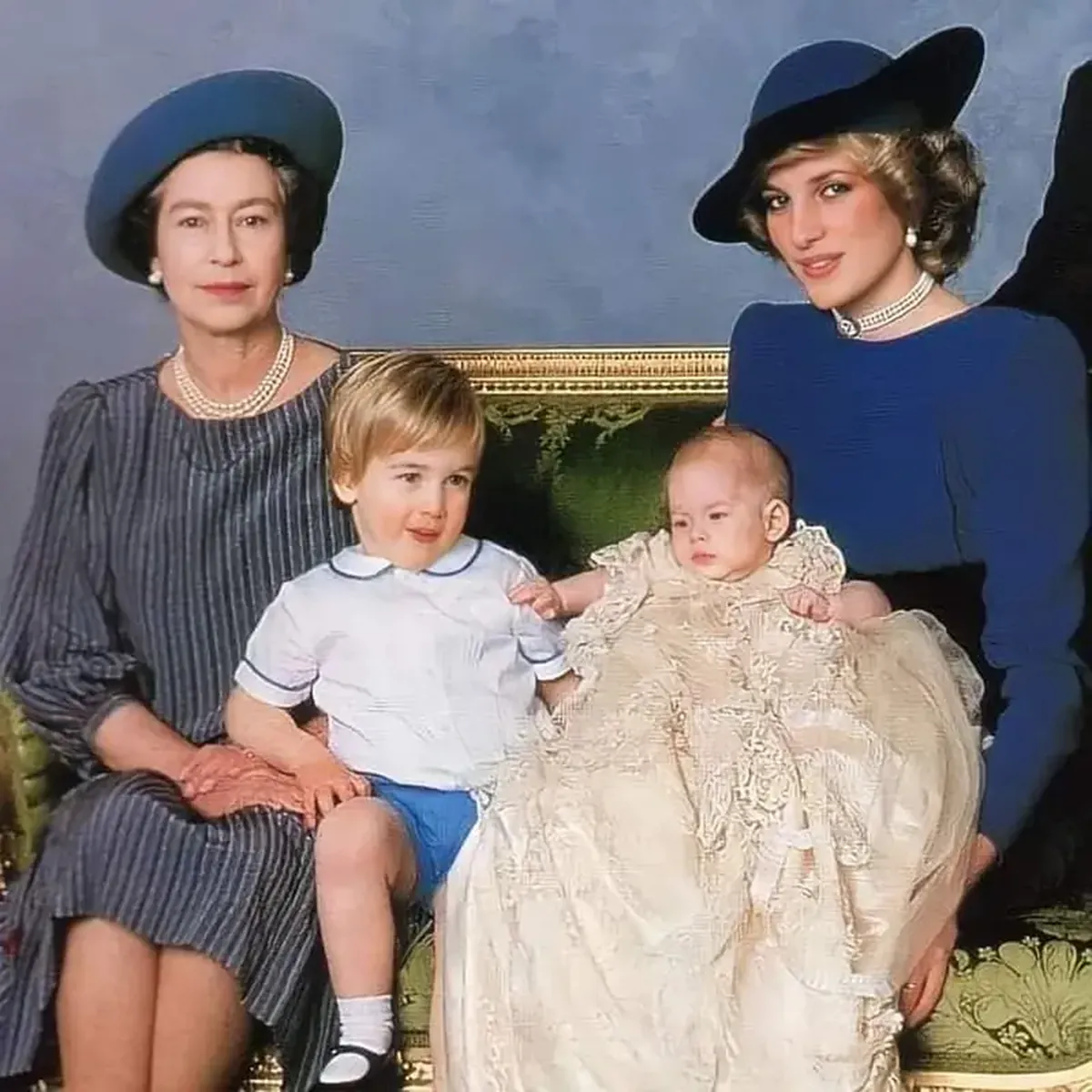
When BBC journalist Martin Bashir recorded the sensational interview with Princess Diana, after which Queen Elizabeth II said it was time to separate, Lady Di’s confessions of marital infidelity, bulimia, and suicide attempts were recognized by viewers as the pinnacle of honesty, but those around her had a different perspective. While the world was moved by Diana’s vulnerability, her brother noted that “the truth was hard for his sister because she had a tendency to embellish everything she talked about.” Similarly, Andrew Morton, the author of the book about Princess Diana, who published the transcripts of the tapes she provided him, personally witnessed how convincingly she could lie, assuring him of her non-involvement in this. “People support me when they see my suffering,” the princess said in such cases.
Betrayals and Affairs
In the book “Diana: Her True Story in Her Own Words,” Andrew Morton revealed the “secret illness” she hinted at in the 1995 interview. Bulimia, depression, and self-harm (Lady Di cut her arms and legs) were the result of emotional instability and psychological issues exacerbated by her troubled marriage to Charles and the intense scrutiny of the press. Observers noted that the difference between Diana and Camilla Parker Bowles was that the former clung to Charles, scolding and insulting him, while the latter entertained him with wine and cheese and kept him amused. When their long-standing affair resumed in the mid-1980s, an offended Diana grew closer to her riding instructor, James Hewitt. The tension was heightened by the media’s publication of compromising phone conversations between the husband and wife with their lovers.
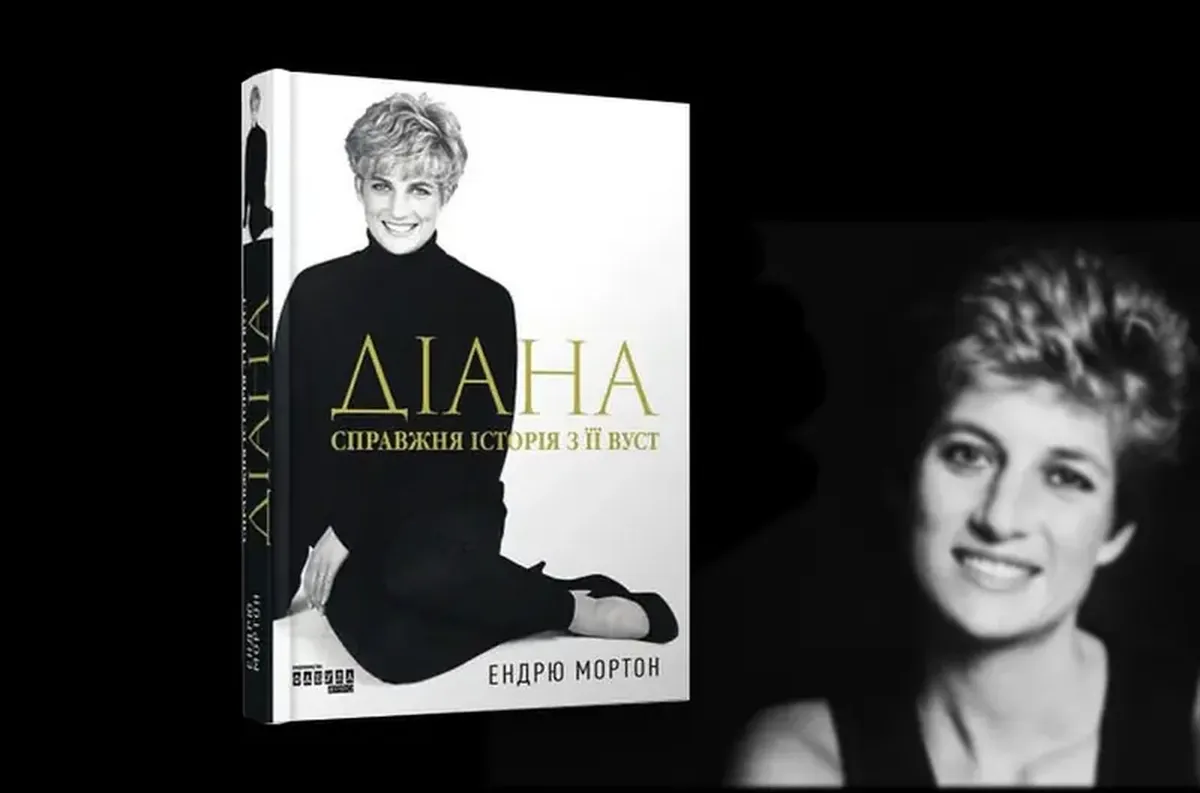
In subsequent interviews, Charles and Diana blamed each other for the collapse of their marriage. The princess was the first to say that “there were too many people in her marriage” (she suspected her husband of other infidelities). Diana always spoke of her desire “to be the queen of people’s hearts, not the wife of a reigning monarch,” so she did not try to save a marriage in which there was no happiness. From the high-profile divorce that took place on August 28, 1996, emerged a different Diana—an independent businesswoman dedicated to charitable work. She became the godmother of her friend Rose Moncton’s daughter, Dominika, who was born with Down syndrome. Advocating for the rights of people with disabilities to live fulfilling lives was part of Diana’s worldview and her charitable focus.
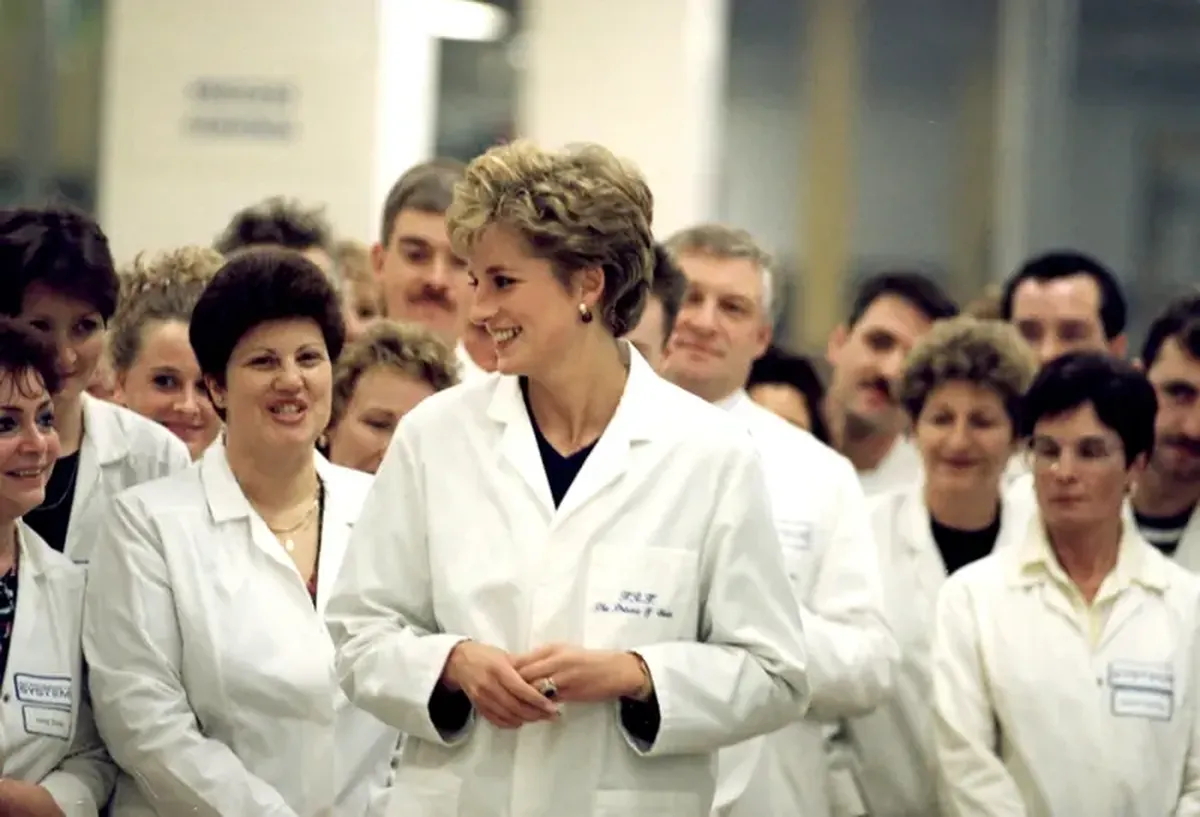
In addition to supporting AIDS patients and campaigning against the use of landmines, Diana had a passionate secret romance with British-Pakistani heart surgeon Hasnat Khan. According to a friend of the princess, Diana painfully experienced their breakup in the summer of 1997. Her subsequent relationship with billionaire Mohamed Al-Fayed’s son Dodi, according to the same friend, served as a comfort for Lady Di after her difficult divorce from Hasnat. The romance between Princess Diana and Dodi Al-Fayed began after they spent a few days on his yacht in August 1997. Later, Dodi’s father claimed that his son intended to marry Diana and that just hours before their fatal car crash in Paris, he was choosing an engagement ring for her (video camera records confirm this).

“Say Yes!”
Dodi loved Princess Diana. Al-Fayed fell in love with the world-famous woman who loved the band ABBA, adored pudding desserts, and knew how to attract a man. He admired Diana’s style: she set the trend for what is now called normcore, unafraid of bright colors and bold prints, pairing shorts with blazers and tucking jeans into boots. Diana’s love for pink shades in her clothing added a special feminine charm. She also popularized the trend of handbags that she used to cover her cleavage: when getting out of a car, she always held a clutch near her neckline to prevent anything inappropriate from appearing in the paparazzi’s lenses (she had a negative experience with topless photos that ended up in tabloids, causing her sons to feel embarrassed discussing their mother’s assets with their peers). By the way, Diana knew how to pose for photographers.
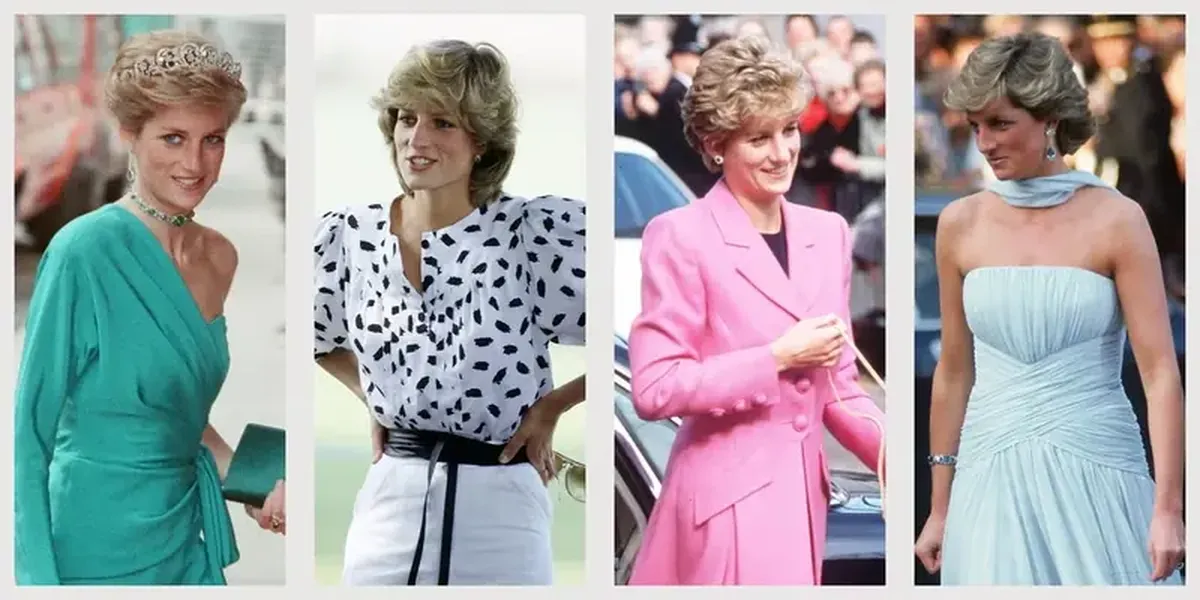
Political technologists do not label her a victim of the media, as their mutual benefit was reciprocal: Diana “sold” publications with her photographs, while reporters portrayed her in a favorable light because she was a skilled manipulator. For example, the image of “lonely” Diana against the backdrop of the Taj Mahal—mausoleum of marital love—captured the world’s attention, as the idea behind the photo was that the architect created his masterpiece in memory of his deceased beloved wife, while Diana’s ungrateful husband left his charming wife alone in life. No one thought that during that trip, the couple was still together. Viewing the press as her main weapon in confronting her unfaithful husband, Lady Di became the “director” of that iconic photoshoot by the Taj Mahal. After the tragic death of Princess Diana, her final “canonization” took place.
Everyone knows how Princess Diana died. On the evening of August 31, 1997, the car carrying her, her bodyguard Trevor Rees-Jones, friend Dodi Al-Fayed, and driver Henri Paul crashed into the 13th pillar of the Alma Tunnel in Paris while trying to evade pursuing paparazzi. Dodi and the driver died on the spot, while Diana was still alive when rescuers arrived and died around 4 a.m. in the hospital. During that trip, the couple had stopped at the Ritz Hotel in Paris, where a representative had gone to a jewelry store to pick up the engagement ring Dodi had ordered, worth £11,600. It bore the inscription: Dis-moi oui (“Say Yes”). In the story of how Princess Diana died, the father of the doomed fiancé blamed the British intelligence services for the couple’s death: in his opinion, the authorities could not allow the heirs of the British throne to marry a Muslim.
The Death of Princess Diana
Rescuer Xavier Gourmelo, who provided first aid to Diana, recalled that she lay on the floor in the back of the mangled car without any visible injuries. There was no blood on her body; she moved, opened her eyes, and asked, “My God, what happened?” The rescuers gave her oxygen, performed CPR when her heart stopped for a few seconds, and transported her to the ambulance (by then, she was already unconscious). Information about the numerous internal injuries of the “People’s Princess” came from the doctors. Despite the optimistic hopes of the rescuers, she did not survive. The only survivor was the seatbelt-wearing bodyguard (who denied the murder theory, although he could not remember what happened to him due to a head injury).
The place where Princess Diana is buried is the Spencer family estate Althorp in Northamptonshire, which has belonged to her family for over 500 years. Diana Spencer’s final resting place is a secluded island where she was born. Her birth and burial dates were separated by 36 years. Diana’s friend Elton John sang at her farewell, performing “Candle in the Wind,” where the short biography of Princess Diana is compared to a flame extinguished too quickly by fate. On the 10th anniversary of the death of the iconic woman of the 20th century, the film “Princess Diana: The Last Day in Paris” was released, recreating the last hours of her life. Another film about the princess, “Diana: A Love Story,” released in 2013, reveals the mystery of Lady Di’s relationship with Dr. Hasnat Khan.
On YouTube, there is a documentary series about Princess Diana from the BBC’s “Conspiracy Files.” The episode is titled “How Princess Diana Died.” Meanwhile, the investigation concluded that Princess Diana’s death was an accident, and rumors about her pregnancy with Dodi were debunked. Dodi’s father disagreed with the official version. The former owner of the famous London department store Harrods once erected a monument to the deceased couple there, and after selling the property to a Qatari business, he moved the beloved couple’s statue to the garden near his home. The pedestal of the romantic statue reads: “Innocent Victims”…
